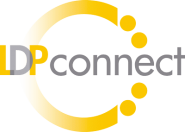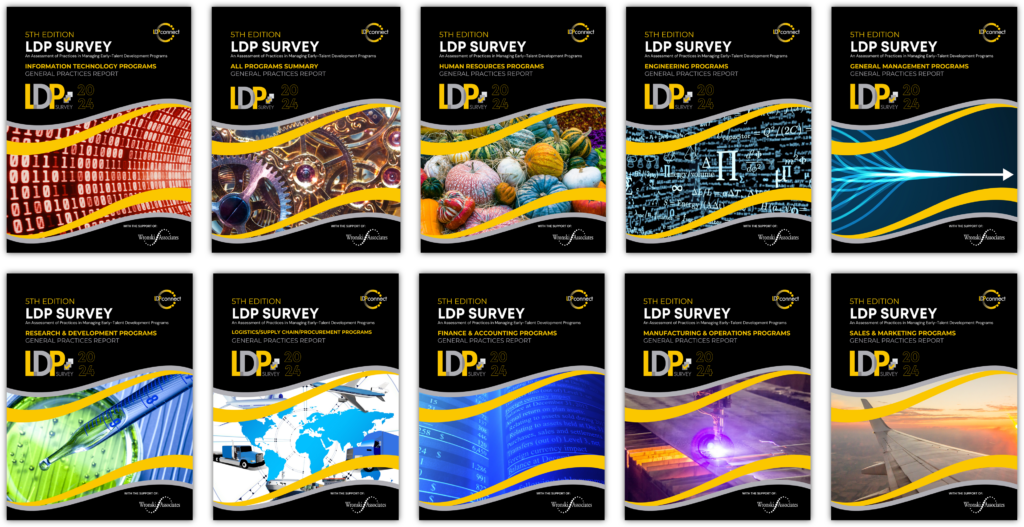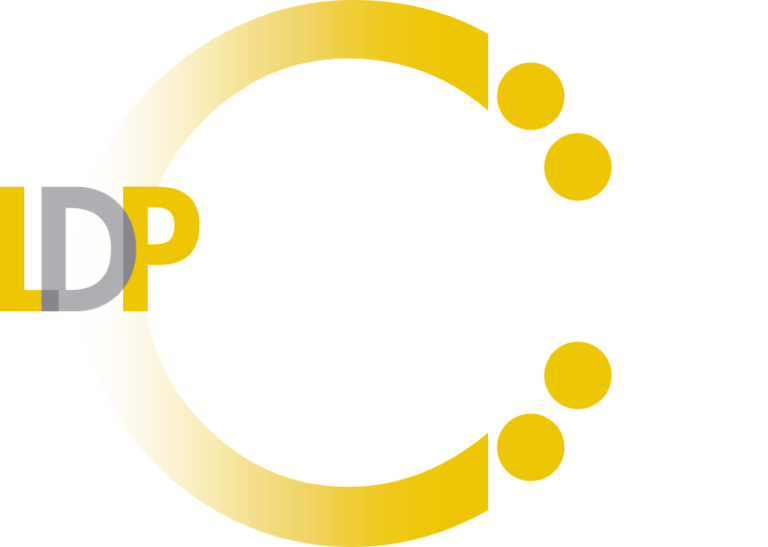Virtual, Hybrid or In-Person: The intern’s perspective…
Virtual, Hybrid or In-Person: The intern’s perspective…
No matter how skilled the young professional, it can be very difficult to succeed without decent public speaking skills. In fact, Warren Buffett considers this to be the most important skill you can develop, adding that both written and verbal communication skills up your value by at least 50%. What was once called a soft skill is now considered a fundamental ability in any stage of your career.
However, public speaking can often be a struggle even for the most seasoned professionals. Building this skill should be a continuous process. Help your young professionals clarify their message and speak using an outline.
Communication skills are the grease of business, helping young professionals market themselves, resolve conflicts and navigate change. An investment in communication training positively impacts all other elements of their development.
Q: What was the rationale behind your internship design (aka in-person, hybrid, virtual)?
• Virtual: I interned for a financial services company for a project involving data analytics, so there was nothing about my work that necessitated in-person presence. Furthermore, most of the workforce had been working remotely since March of 2020, so our internships aligned with the larger organizational experience.
• Hybrid: My project itself did not require me be physically present in a workplace. However, our internships had an in-person component because my company strongly believed that in-person was the best way to connect early career talent to company culture, peers, and senior leaders. Overall, my company has a culture that’s built on in-person connection, so this influenced the design of our internship.
• In-Person: For the most part, I did have to go in-person because much of my work took place in a plant. I also interacted with plant employees for whom in-person work was a requirement, so the in-person internship design felt very appropriate. I did feel that I could have done some of my work remotely.
Q: This is now the 2nd summer of internships that have been affected by the realities of Covid-19. Do you know if and how your companies adjusted their internships compared to last summer?
• Virtual: My leadership development program’s internships were also virtual last summer, so that has not changed. However, they applied last year’s interns’ feedback to implement meaningful changes. One example of this is lengthening the internship so we could work on more substantial projects. Another is providing semi-structured opportunities throughout the entire internship so that we could build lasting relationships with senior leaders and understand overall company strategy. This felt much more beneficial and genuine than things like “virtual happy hours” or recreational events that are well-intentioned but can begin to feel tedious and more “mandatory fun.”
• Hybrid: Our internships were also hybrid last year with an in-person component, so no major changes that I am aware of.
• In-Person: Our internships were also in-person last year, given the nature of our workplace – manufacturing plant – as opposed to an office space.
Q: We’ve seen enormous variability in the way companies have responded to the pandemic. How did your company respond, and did this impact your evaluation of your internship/company?
• Virtual: Most of our workforce had been working entirely remotely for well over a year by the time I interned, but it seems like the company will roll out a hybrid working model. This summer revealed that my company really leans into a culture of communication, employee feedback, and data, and that strengthened my belief that I was a good fit for the company. Our CEO and senior leadership held townhalls and established regular communication with employees to get a sense of our desire for/comfort with returning to the office. We’re also rolling out surveys to make data-driven decisions based on employee needs and wants.
• Hybrid: Our office did put up signs encouraging vaccinations, but there were and are no vaccine or mask policies for employees. There were also no conversations about masks or vaccines at work. While I did benefit from having an in-person component, I also felt like my level of concern about the pandemic was very different from my company’s. That definitely impacted my thinking about whether I could work and fit in here.
• In-Person: We had mask policies and safety measures in place. We also had policies that gave generous PTO and incentives to ensure that employees who contracted Covid-19 or got vaccinated were taken care of. The level of care and detail the company put into all the different types of employees and their circumstances really impressed me. Furthermore, my manager also added me to our weekly Covid-19 strategy calls. This gave me great insight into how the leadership makes decisions in times of continued crises.
Q: What did you like most about your internship, and how do you think the virtual, hybrid, or in-person design contributed to that?
• Virtual: I appreciated how thoughtful the entire internship experience was. They asked for my input and gave me choice in shaping my internship project far before the internship started, so I knew the internship was customized for me in many ways. Even though my cohort and I agree that we wanted an in-person component, the virtual experience was still put together with intention, care, and previous cohorts’ feedback. We were given clarity on our projects, and ample opportunity to ask questions and connect with stakeholders. And as I mentioned earlier, the leadership development program office created multiple different forums for us to interact with senior leaders. This made them really approachable and gave them a chance to get to know us too.
• Hybrid: The in-person component enabled me to perform my project well. My project required me to learn a lot of things on-the-job and collaborate across several different functions. I don’t think I would have been nearly as successful at handling this learning curve had I been virtual. My manager was also incredible at creating learning opportunities for me. She would often pull me into meetings or connect me to leaders in the office, and that helped grow my knowledge and interest. These were mostly spur-of-the-moment occurrences, so I don’t think these would have happened if my internship were virtual.
• In-Person: Even though I was coming in with very little work experience, my manager and team frequently asked for my input and genuinely took it into consideration when they made decisions. This made me feel valued as a contributor. My manager also made sure to expose me to several hands-on learning opportunities so I felt like I was able to take on things outside of my official internship project. If I had been virtual, I think I would have been much more limited in my experience and learning to the scope of my internship project.
Q: What were your biggest challenges, and how do you think the virtual, hybrid, or in-person design contributed to that?
• Virtual: I think I could have done more! I did feel confined to my project at times – and us interns were cautioned about taking on too much work. While I understand the risk of doing too much, I wish I could have gotten more exposure to other types of projects and other kinds of work happening at the company.
• Hybrid: Project scope and expectations were a major challenge. On one hand, I appreciate that this is real work rather than an ostentatious “internship project.” On the other hand, because my work required so much collaboration and problem-solving of unexpected complexities, I feel like I spent the internship working very hard but not “completing” my deliverable. This is despite the positive feedback and reviews I got throughout my internship. I also think after the initial 3-4 week learning curve, my work could have been done entirely remotely.
• In-Person: My biggest challenge was managing bandwidth. Because I kept getting more and more exposure to great learning opportunities in the workplace, I kept asking for more – and I ultimately ended up having trouble wrapping up my deliverables. Because my manager was such a strong advocate for me, I was happy to take on more responsibilities and get higher visibility to senior leaders. However, I learned that this can come at the expense of my time and bandwidth.



